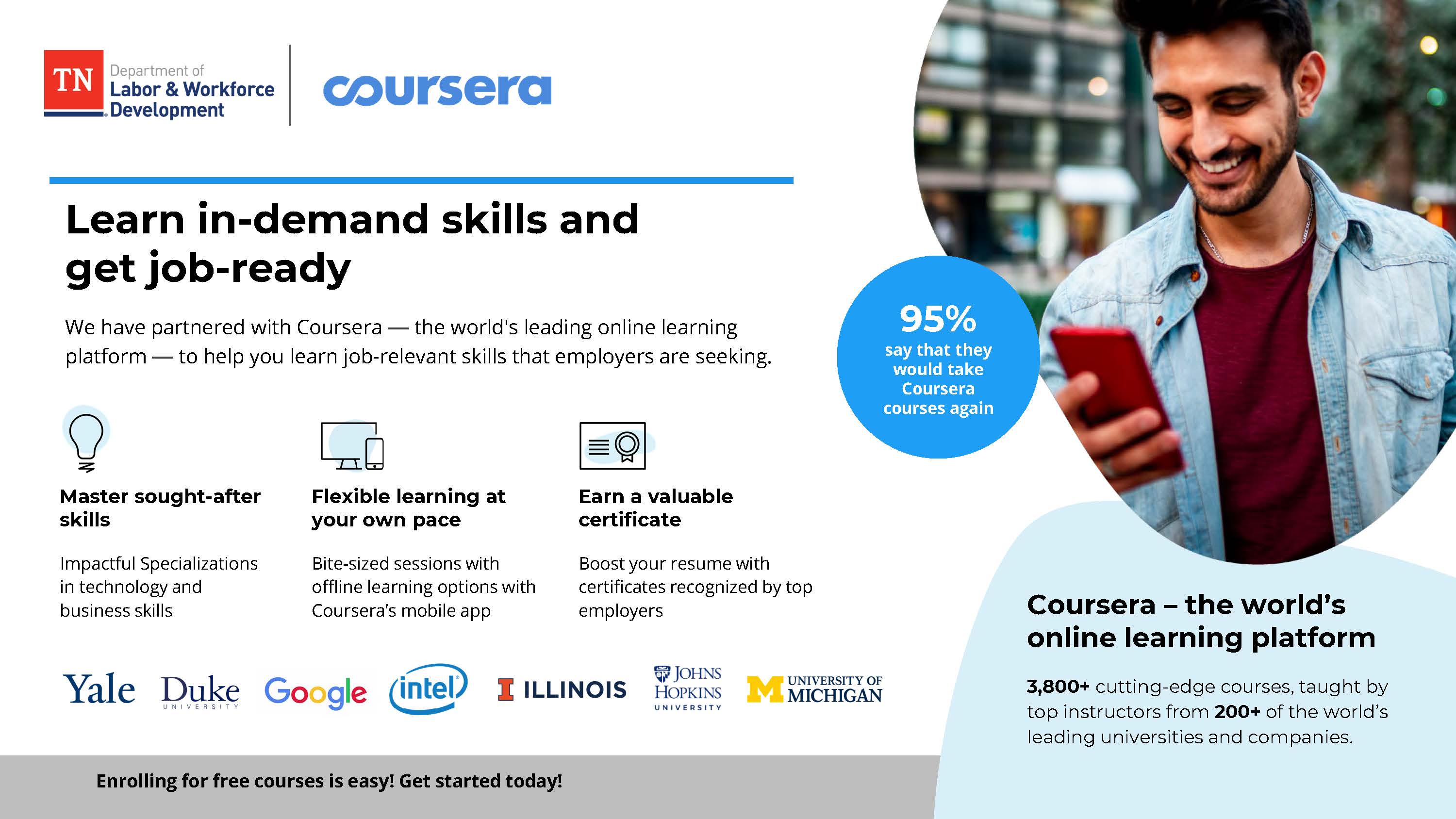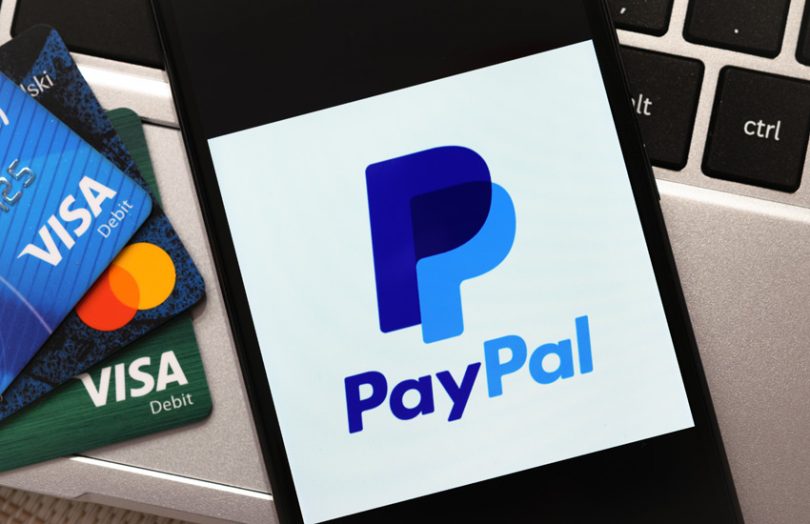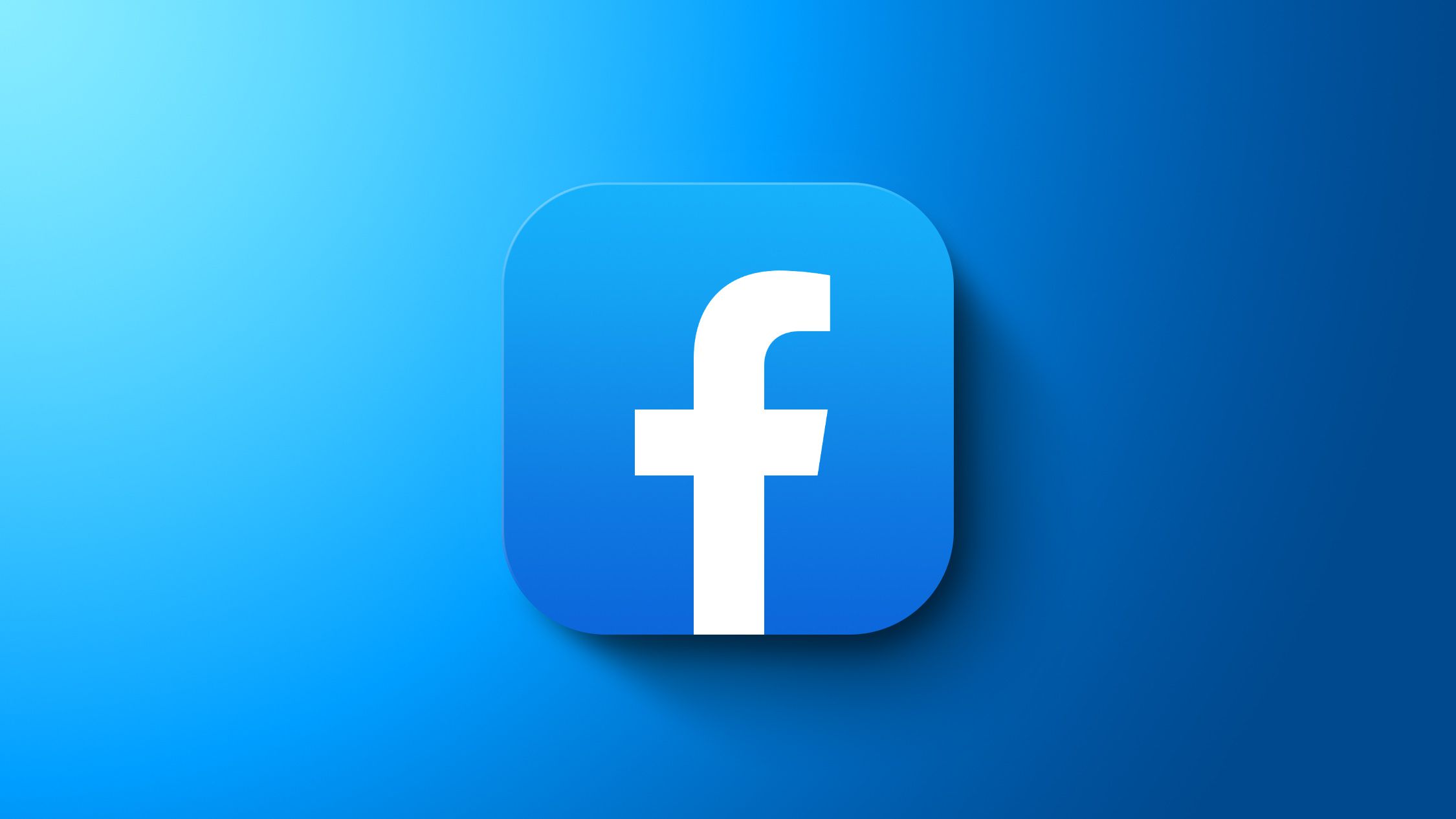දත්ත යනු එකතු කර ගබඩා කර ඇති සංඛ්යා, වචන, රූප සහ ශබ්ද වැනි අමු කරුණු සහ සංඛ්යා වෙත යොමු වේ. එයට සන්දර්භය, අර්ථය සහ ව්යුහය නොමැත. අනෙක් අතට, තොරතුරු යනු අර්ථවත් සහ ප්රයෝජනවත් ආකාරයෙන් සකස් කර, සංවිධානය කර, ඉදිරිපත් කරන ලද දත්ත වේ. තොරතුරු සන්දර්භය, වැදගත්කම සහ අදාළත්වය ඇති අතර, එය තීරණ ගැනීම, ගැටළු විසඳීම සහ දැනුම නිර්මාණය කිරීම සඳහා භාවිතා කළ හැක. වෙනත් වචන වලින් කිවහොත්, දත්ත ගොඩනඟන කොටස වන අතර තොරතුරු යනු විශ්ලේෂණය, අර්ථ නිරූපණය සහ සන්නිවේදනය හරහා දත්ත වලින් ලබාගත් නිෂ්පාදනයකි.
දත්ත යනු පිටි, සීනි සහ බිත්තර වැනි කේක් සෑදීමට ඔබ භාවිතා කරන අමුද්රව්ය වැනිය. ඒවා තනිකරම තේරුමක් නැති වෙනම දේවල් විතරයි. නමුත් ඔබ ඒවා එකට මිශ්ර කර උඳුන තුල පිළිස්සූ විට සහ හිම වලින් සරසා ගත් විට, ඔබට සෑම කෙනෙකුටම රස විඳිය හැකි රසවත් කේක් එකක් ලැබේ. කේක් එක තොරතුරු හා සමාන වන්නේ එය ප්රයෝජනවත් සහ ප්රියජනක ලෙස ඒකාබද්ධ කර ඉදිරිපත් කර ඇති අමුද්රව්ය (දත්ත) වලින් සෑදී ඇති බැවිනි.
තොරතුරු පද්ධතියක් යනු පරිශීලකයින්ට ප්රයෝජනවත් සහ අර්ථවත් තොරතුරු සැපයීම සඳහා දත්ත සකසන සහ ගබඩා කරන පද්ධතියකි. තොරතුරු රැස් කිරීම, සැකසීම සහ බෙදා හැරීම සඳහා දෘඩාංග, මෘදුකාංග, දත්ත සහ ක්රියා පටිපාටි භාවිතා කිරීම එයට ඇතුළත් වේ. තොරතුරු පද්ධති ව්යාපාර, සෞඛ්ය සේවා, අධ්යාපනය, රජය සහ විනෝදාස්වාදය ඇතුළු විවිධ ක්ෂේත්රවල භාවිතා වේ.
නිදසුනක්
ලෙස, පුස්තකාල පද්ධතියක් යනු පුස්තකාලයාධිපතිවරුන්ට පොත් සහ අනෙකුත් සම්පත් කළමනාකරණය කිරීමට, ණය ගැතියන් පිළිබඳ සොයා බැලීමට සහ තොරතුරු වෙත ප්රවේශය සැපයීමට උපකාර වන තොරතුරු පද්ධතියකි. පද්ධතියට පරිගණක සහ ස්කෑනර් වැනි දෘඩාංග, පුස්තකාල කළමනාකරණ මෘදුකාංගයක් වැනි මෘදුකාංග සහ පොත් වාර්තා සහ ණය ගැනුම්කරුගේ තොරතුරු වැනි දත්ත ඇතුළත් වේ. පුද්ගලයෙකුට පොතක් ණයට ගැනීමට අවශ්ය වූ විට, ඔවුන් තම තොරතුරු පුස්තකාලයාධිපති වෙත ලබා දෙන අතර ඔහු එය පද්ධතියට ඇතුළත් කරයි. එවිට පද්ධතිය පොත තිබේදැයි පරීක්ෂා කර එය ණය ගැණුම්කරුට පවරයි. පද්ධතිය නියමිත දිනයන් නිරීක්ෂණය කරන අතර පොත් කල් ඉකුත් වූ විට ණය ගැනුම්කරුවන්ට මතක් කිරීම් යවයි.
තොරතුරු පද්ධතියක් යනු මිනිසුන්ට තොරතුරු ගබඩා කිරීමට, සංවිධානය කිරීමට සහ භාවිතා කිරීමට උපකාර වන විශාල මොළයක් වැනිය. ඔබේ මොළය ඔබට දේවල් මතක තබා ගැනීමට උපකාර කරනවා සේම, තොරතුරු පද්ධතියක් මිනිසුන්ට දේවල් මතක තබා ගැනීමටද උපකාර කරයි.
උදාහරණයක්
ලෙස පුස්තකාලයක් ගැන සිතන්න. පුස්තකාලයක් යනු තොරතුරු පද්ධතියකි, මන්ද එය මිනිසුන්ට අලුත් දේවල් ඉගෙන ගැනීමට භාවිතා කළ හැකි පොත් සහ වෙනත් ද්රව්ය ගබඩා කරයි. ඔබට යම් මාතෘකාවක් පිළිබඳ පොතක් සොයා ගැනීමට අවශ්ය වූ විට, ඔබට එය පුස්තකාලයේ නාමාවලියෙන් සොයා බැලිය හැකි අතර පද්ධතිය එය සොයා ගත යුතු ස්ථානය ඔබට කියනු ඇත. තොරතුරු පද්ධතියක් ඔබට වඩාත් පහසුවෙන් තොරතුරු සොයා ගැනීමට සහ භාවිතා කිරීමට උපකාර වන්නේ එලෙස ය.
තොරතුරු වල ගුණාත්මකභාවය යන්නෙන් අදහස් කරන්නේ තොරතුරු කෙතරම් නිවැරදිද, විශ්වාසවන්තද, අදාළද සහ යාවත්කාලීනද යන්නයි. නිවැරදි තොරතුරු යන්නෙන් අදහස් වන්නේ එය දෝෂ හෝ වැරදි වලින් තොර වන අතර විශ්වාසදායක තොරතුරු සත්ය සහ අපක්ෂපාතී ලෙස විශ්වාස කළ හැකි බවයි. අදාළ තොරතුරු මාතෘකාවට හෝ ගැටලුවට සම්බන්ධ වන අතර යාවත්කාලීන තොරතුරු වත්මන් වන අතර නවතම වර්ධනයන් හෝ වෙනස්කම් පිළිබිඹු කරයි.
උදාහරණයක්
ලෙස, ඔබ විවිධ වර්ගයේ සතුන් පිළිබඳ පර්යේෂණ කරන්නේ නම්, ඔබට ඔබේ මාතෘකාවට අදාළ නිවැරදි සහ විශ්වාසදායක තොරතුරු අවශ්ය වේ. යල් පැන ගිය තොරතුරු, හෝ විද්යාත්මක පර්යේෂණ හෝ විශ්වාසනීය මූලාශ්ර මත පදනම් නොවන තොරතුරු, හොඳ තත්ත්වයේ නොතිබිය හැකි අතර වැරදි නිගමනවලට තුඩු දිය හැකිය. ගුණාත්මක තොරතුරු වැදගත් වන්නේ එය දැනුවත් තීරණ ගැනීමට සහ ගැටළු ඵලදායී ලෙස විසඳීමට උපකාර වන බැවිනි.
තොරතුරු වල ගුණාත්මකභාවය යන්නෙන් අදහස් කරන්නේ තොරතුරු කෙතරම් නිවැරදිද, විශ්වාසවන්තද, අදාළද සහ යාවත්කාලීනද යන්නයි. නිවැරදි තොරතුරු යන්නෙන් අදහස් වන්නේ එය දෝෂ හෝ වැරදි වලින් තොර වන අතර විශ්වාසදායක තොරතුරු සත්ය සහ අපක්ෂපාතී ලෙස විශ්වාස කළ හැකි බවයි. අදාළ තොරතුරු මාතෘකාවට හෝ ගැටලුවට සම්බන්ධ වන අතර යාවත්කාලීන තොරතුරු වත්මන් වන අතර නවතම වර්ධනයන් හෝ වෙනස්කම් පිළිබිඹු කරයි.
උදාහරණයක්
ලෙස, ඔබ විවිධ වර්ගයේ සතුන් පිළිබඳ පර්යේෂණ කරන්නේ නම්, ඔබට ඔබේ මාතෘකාවට අදාළ නිවැරදි සහ විශ්වාසදායක තොරතුරු අවශ්ය වේ. යල් පැන ගිය තොරතුරු, හෝ විද්යාත්මක පර්යේෂණ හෝ විශ්වාසනීය මූලාශ්ර මත පදනම් නොවන තොරතුරු, හොඳ තත්ත්වයේ නොතිබිය හැකි අතර වැරදි නිගමනවලට තුඩු දිය හැකිය. ගුණාත්මක තොරතුරු වැදගත් වන්නේ එය දැනුවත් තීරණ ගැනීමට සහ ගැටළු ඵලදායී ලෙස විසඳීමට උපකාර වන බැවිනි.
|
තොරතුරු වල ගුණාත්මකභාවය |
අර්ථ දැක්වීම |
|
නිරවද්යතා |
තොරතුරු දෝෂ හෝ වැරදි වලින් තොරය |
|
විශ්වාසනීය |
තොරතුරු සත්ය සහ අපක්ෂපාතී බවට විශ්වාස කළ හැක. |
|
අදාළ |
අදාළ තොරතුරු මාතෘකාවට හෝ ගැටලුවට සම්බන්ධ වේ |
|
යාවත්කාලීන |
තොරතුරු වත්මන් වන අතර නවතම වර්ධනයන් හෝ වෙනස්කම් පිළිබිඹු කරයි. |
|
වැදගත් |
තොරතුරු අපට දැනුවත් තීරණ ගැනීමට සහ ගැටලු ඵලදායී ලෙස විසඳීමට උපකාරී වේ. |
තොරතුරු හා සන්නිවේදන තාක්ෂණයේ (ICT) යෙදුම් යනු අප සන්නිවේදනය කරන ආකාරය, තොරතුරු වෙත ප්රවේශ වීම සහ සැකසීම, සහ ගැටලු විසඳීම සඳහා තාක්ෂණය භාවිතා කළ හැකි විවිධ ක්රම වේ. තොරතුරු හා සන්නිවේදන තාක්ෂණ විවිධ ක්ෂේත්ර හරහා පුළුල් පරාසයක යෙදුම් ඇත, ඒවා අතර:
ICT උදාහරණ ක්ෂේත්ර යෙදුම
අධ්යාපන මාර්ගගත ඉගෙනුම් වේදිකා, විද්යුත් පොත්, අධ්යාපනික මෘදුකාංග Khan Academy, Coursera, Duolingo
සෞඛ්ය ආරක්ෂණ ඉලෙක්ට්රොනික සෞඛ්ය වාර්තා, ටෙලිමෙඩිසින්, වෛද්ය රූපකරණ එපික් සිස්ටම්, ටෙලඩොක්, GE Healthcare
ව්යාපාර ඊ-වාණිජ්යය, සැපයුම් දාම කළමනාකරණය, පාරිභෝගික සම්බන්ධතා කළමනාකරණය Amazon, Alibaba, Salesforce
මූල්ය මාර්ගගත බැංකුකරණය, ජංගම ගෙවීම්, මූල්ය විශ්ලේෂණ PayPal, Square, Bloomberg
විනෝදාස්වාදය සමාජ මාධ්ය, වීඩියෝ ප්රවාහය, ක්රීඩා Facebook, Netflix, Fortnite
කෘෂිකාර්මික නිරවද්ය ගොවිතැන, ස්වයංක්රීය වාරිමාර්ග පද්ධති, ස්මාර්ට් සංවේදක John Deere, The Climate Corporation,
Phytech
රොබෝ විද්යාව, ස්වයංක්රීයකරණය, පරිගණක ආශ්රිත නිර්මාණ Fanuc, KUKA, AutoCAD නිෂ්පාදන
ප්රවාහන GPS, රථවාහන කළමනාකරණ පද්ධති, ස්මාර්ට් වාහන Google Maps, Waze, Tesla
බලශක්ති ස්මාර්ට් ජාල තාක්ෂණය, බලශක්ති කළමනාකරණ පද්ධති, පුනර්ජනනීය බලශක්ති නිරීක්ෂණ Siemens, Schneider Electric, SunPower
රජයේ ඊ-පාලනය, ඩිජිටල් අනන්යතා පද්ධති, විවෘත දත්ත ද්වාර එස්තෝනියාවේ ඊ-රෙසිඩන්සි වැඩසටහන, ඉන්දියාවේ Aadhaar පද්ධතිය, US Data.gov
පරිගණකවල
පරිණාමය තාක්ෂණික දියුණුව සහ වර්ධනයන් මත පදනම්ව විවිධ පරම්පරාවන්ට වර්ග කළ හැක. එක් එක් පරිගණක පරම්පරාව පිළිබඳ කෙටි දළ විශ්ලේෂණයක් මෙන්න:
පළමු පරම්පරාව (1940-1950s): පළමු පරම්පරාවේ පරිගණක විශාල, රික්තක නල පදනම් වූ යන්ත්ර වන අතර ඒවා යුධ සහ විද්යාත්මක අරමුණු සඳහා භාවිතා කරන ලදී. මෙම පරිගණක ඉතා මිල අධික වූ අතර ඒවා භාවිතා කළ හැක්කේ පුහුණු වෘත්තිකයන්ට පමණි. උදාහරණ ලෙස ENIAC සහ
UNIVAC පරිගණක ඇතුළත් වේ.
දෙවන පරම්පරාව (1950-1960s): දෙවන පරම්පරාවේ පරිගණක ඒවායේ පූර්වගාමීන්ට වඩා කුඩා සහ වේගවත් විය. ඔවුන් රික්තක නල වෙනුවට ට්රාන්සිස්ටර භාවිතා කළ අතර නිෂ්පාදනය කිරීමට බෙහෙවින් ලාභදායී විය. උදාහරණ ලෙස IBM 1401 සහ DEC PDP-8 ඇතුළත් වේ.
තුන්වන පරම්පරාව (1960-1970): තෙවන පරම්පරාවේ පරිගණක දෙවන පරම්පරාවට වඩා කුඩා හා වේගවත් විය. ඔවුන් ඒකාබද්ධ පරිපථ (ICs) භාවිතා කළ අතර වඩාත් සංකීර්ණ කාර්යයන් ඉටු කළ හැකිය. උදාහරණ ලෙස IBM System/360 සහ DEC VAX ඇතුළත් වේ.
හතරවන පරම්පරාව (1970s-1980s): හතරවන පරම්පරාවේ පරිගණක මයික්රොප්රොසෙසර් බහුලව භාවිතා කිරීම මගින් සංලක්ෂිත විය. ඔවුන් පෙර පරම්පරාවන්ට වඩා බලවත් සහ බහුකාර්ය වූ අතර පුද්ගලික සහ ව්යාපාරික අරමුණු සඳහා භාවිතා කරන ලදී. උදාහරණ ලෙස Apple II සහ IBM PC ඇතුළත් වේ.
පස්වන පරම්පරාව (1980s-1990s): පරිගණකවල පස්වන පරම්පරාව කෘතිම බුද්ධිය සහ විශේෂඥ පද්ධති කෙරෙහි අවධානය යොමු කළේය. ඔවුන් සමාන්තර සැකසුම් භාවිතා කළ අතර මානව චින්තන ක්රියාවලීන් අනුකරණය කිරීමට නිර්මාණය කර ඇත. ජපානයේ පස්වන පරම්පරාවේ පරිගණක පද්ධතිය සහ IBM Deep Blue චෙස් පරිගණකය උදාහරණ වේ.
හයවන පරම්පරාව (1990-වර්තමානය): හයවන පරම්පරාවේ පරිගණකවලට ක්වොන්ටම් පරිගණනය, කෘතිම බුද්ධිය සහ ස්නායුක ජාල සංවර්ධනය ඇතුළත් වේ. මෙම පරිගණක නිර්මාණය කර ඇත්තේ කලින් කළ නොහැකි වූ සංකීර්ණ ගණනය කිරීම් සහ ක්රියාවලි සිදු කිරීමටය. උදාහරණ ලෙස ගූගල් ක්වොන්ටම් පරිගණකය සහ IBM Watson AI පද්ධතිය ඇතුළත් වේ.
සෑම පරිගණක පරම්පරාවක්ම වෛද්ය, මූල්ය, ඉංජිනේරු සහ විනෝදාස්වාදය වැනි විවිධ ක්ෂේත්රවල නව තාක්ෂණයන් සහ යෙදුම් සංවර්ධනයට තුඩු දෙන සැලකිය යුතු දියුණුවක් සහ නවෝත්පාදන ගෙන ඇත.
Data refers
to the raw facts and figures, such as numbers, words, images, and sounds, that
are collected and stored. It lacks context, meaning, and structure. On the
other hand, information is data that has been processed, organized, and
presented in a meaningful and useful way. Information has context,
significance, and relevance, and it can be used for decision-making,
problem-solving, and knowledge creation. In other words, data is the building
block, while information is the product that is derived from data through
analysis, interpretation, and communication.
Data is like
the ingredients you use to make a cake, such as flour, sugar, and eggs. They
are just separate things that don't make sense on their own. But when you mix
them together, bake them in the oven, and decorate it with frosting, you get a
delicious cake that everyone can enjoy. The cake is like information because it
is made up of the ingredients (data) that have been combined and presented in a
useful and enjoyable way.
An
information system is a system that processes and stores data to provide useful
and meaningful information to the users. It involves the use of hardware,
software, data, and procedures to collect, process, and disseminate
information. Information systems are used in various fields, including
business, healthcare, education, government, and entertainment, among others.
For example,
a library system is an information system that helps librarians manage books
and other resources, keep track of borrowers, and provide access to
information. The system includes hardware such as computers and scanners, software
such as a library management software, and data such as book records and
borrower information. When a person wants to borrow a book, they provide their
information to the librarian, who enters it into the system. The system then
checks if the book is available and assigns it to the borrower. The system also
keeps track of due dates and sends reminders to borrowers when books are
overdue.
An
information system is like a big brain that helps people store, organize, and
use information. Just like your brain helps you remember things, an information
system helps people remember things too.
For example,
think about a library. A library is an information system because it stores
books and other materials that people can use to learn new things. When you
want to find a book on a particular topic, you can look it up in the library's
catalog and the system will tell you where to find it. That's how an
information system can help you find and use information more easily.
Quality of
information refers to how accurate, reliable, relevant, and up-to-date the
information is. Accurate information means that it is free from errors or
mistakes, while reliable information can be trusted to be true and unbiased.
Relevant information is related to the topic or problem at hand, while
up-to-date information is current and reflects the latest developments or changes.
For example,
if you are doing research on different types of animals, you would want
accurate and reliable information that is also relevant to your topic. Outdated
information, or information that is not based on scientific research or
credible sources, may not be of good quality and could lead to incorrect
conclusions. Quality information is important because it helps us make informed
decisions and solve problems effectively.
Quality of
information refers to how accurate, reliable, relevant, and up-to-date the
information is. Accurate information means that it is free from errors or
mistakes, while reliable information can be trusted to be true and unbiased.
Relevant information is related to the topic or problem at hand, while
up-to-date information is current and reflects the latest developments or
changes.
For example,
if you are doing research on different types of animals, you would want
accurate and reliable information that is also relevant to your topic. Outdated
information, or information that is not based on scientific research or
credible sources, may not be of good quality and could lead to incorrect
conclusions. Quality information is important because it helps us make informed
decisions and solve problems effectively.
|
Quality of Information |
Definition |
|
Accuracy |
Information is free
from errors or mistakes. |
|
Reliability |
Information can be
trusted to be true and unbiased. |
|
Relevance |
Information is
related to the topic or problem at hand. |
|
Up-to-date |
Information is
current and reflects the latest developments or changes. |
|
Importance |
Quality information
helps us make informed decisions and solve problems effectively. |
Applications
of Information and Communication Technology (ICT) refer to the various ways in
which technology can be used to enhance and improve the way we communicate,
access and process information, and solve problems. ICT has a wide range of
applications across different fields, including:
|
Field |
Application of ICT |
Examples |
|
Education |
Online learning platforms, e-books, educational software |
Khan Academy, Coursera, Duolingo |
|
Healthcare |
Electronic health records, telemedicine, medical imaging |
Epic Systems, Teladoc, GE Healthcare |
|
Business |
E-commerce, supply chain management, customer relationship
management |
Amazon, Alibaba, Salesforce |
|
Finance |
Online banking, mobile payments, financial analytics |
PayPal, Square, Bloomberg |
|
Entertainment |
Social media, video streaming, gaming |
Facebook, Netflix, Fortnite |
|
Agriculture |
Precision farming, automated irrigation systems, smart sensors |
John Deere, The Climate Corporation, Phytech |
|
Manufacturing |
Robotics, automation, computer-aided design |
Fanuc, KUKA, AutoCAD |
|
Transportation |
GPS, traffic management systems, smart vehicles |
Google Maps, Waze, Tesla |
|
Energy |
Smart grid technology, energy management systems, renewable
energy monitoring |
Siemens, Schneider Electric, SunPower |
|
Government |
E-governance, digital identity systems, open data portals |
Estonia's e-Residency program, India's Aadhaar system, US
Data.gov |
The
evolution of computers can be categorized into different generations based on
technological advancements and developments. Here is a brief overview of each
computer generation:
First
Generation (1940s-1950s): The first generation of computers were large, vacuum
tube-based machines that were used for military and scientific purposes. These
computers were very expensive and could only be used by trained professionals.
Examples include the ENIAC and UNIVAC computers.
Second
Generation (1950s-1960s): The second generation of computers were smaller and
faster than their predecessors. They used transistors instead of vacuum tubes
and were much cheaper to produce. Examples include the IBM 1401 and DEC PDP-8.
Third
Generation (1960s-1970s): The third generation of computers were even smaller
and faster than the second generation. They used integrated circuits (ICs) and
could perform more complex tasks. Examples include the IBM System/360 and the
DEC VAX.
Fourth
Generation (1970s-1980s): The fourth generation of computers were characterized
by the widespread use of microprocessors. They were more powerful and versatile
than previous generations and were used for personal and business purposes.
Examples include the Apple II and IBM PC.
Fifth
Generation (1980s-1990s): The fifth generation of computers focused on
artificial intelligence and expert systems. They used parallel processing and
were designed to mimic human thought processes. Examples include the Japan's
Fifth Generation Computer System and the IBM Deep Blue chess computer.
Sixth
Generation (1990s-Present): The sixth generation of computers includes the
development of quantum computing, artificial intelligence, and neural networks.
These computers are designed to perform complex calculations and processes that
were previously impossible. Examples include the Google quantum computer and
the IBM Watson AI system.
Each
generation of computers has brought significant advancements and innovations,
leading to the development of new technologies and applications in various
fields such as medicine, finance, engineering, and entertainment.
|
Generation |
Time Period |
Characteristics |
Examples |
|
1st |
1940s-1950s |
Large, vacuum
tube-based machines for military and scientific use |
ENIAC, UNIVAC |
|
2nd |
1950s-1960s |
Smaller, faster,
used transistors, cheaper to produce |
IBM 1401, DEC PDP-8 |
|
3rd |
1960s-1970s |
Used integrated
circuits, could perform more complex tasks |
IBM System/360, DEC
VAX |
|
4th |
1970s-1980s |
Widespread use of
microprocessors for personal and business use |
Apple II, IBM PC |
|
5th |
1980s-1990s |
Focused on
artificial intelligence and expert systems |
Japan's Fifth
Generation Computer System, IBM Deep Blue |
|
6th |
1990s-Present |
Development of
quantum computing, artificial intelligence, and neural networks |
Google quantum
computer, IBM Watson AI system |




